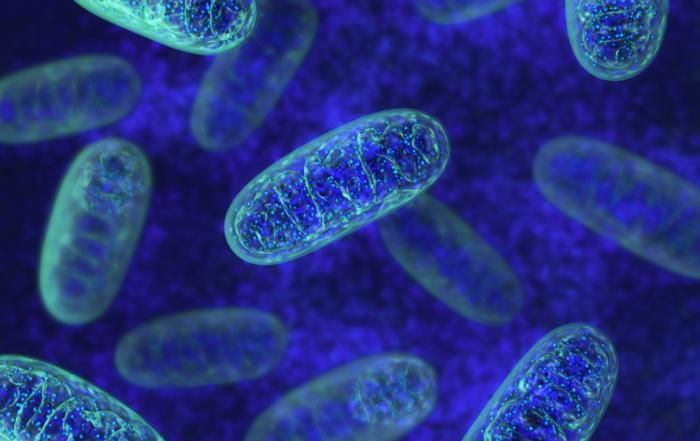Join Sharon Ladyman, PhD and Vicki Vieira-Potter, PhD as they present applications of rodent metabolic phenotyping with a focus on the effects of hormones and pregnancy on daily activity in mice.
A reduction in voluntary physical activity during pregnancy in mice is mediated by prolactin
Sharon Ladyman, PhD
Pregnancy is an energetically demanding challenge for the mother and as such, pregnant females undergo numerous metabolic adaptations to meet these demands, including increased food intake and a rapid lowering of energy expenditure and physical activity levels. A particularly striking example is a profound reduction in voluntary running wheel activity (RWA) that occurs as soon as mice become pregnant. We hypothesized that prolactin, one of the first hormones to increase in response to mating in rodents, drives the pregnancy-induced suppression of physical activity levels. We show that prolactin can acutely suppress RWA in virgin female mice but does not influence general locomotion. Conditional deletion of prolactin receptors (Prlr) from either all forebrain neurons or GABA neurons prevents the immediate pregnancy-induced suppression of RWA, and leads to higher RWA throughout pregnancy compared to controls. Furthermore, deletion of Prlr specifically from the medial preoptic area of the hypothalamus, a brain region associated with multiple homeostatic and behavioural roles including maternal behaviour, completely abolishes the early pregnancy-induced suppression of RWA. Our data demonstrate a key role for prolactin in suppressing voluntary physical activity during early pregnancy and highlights a biological basis for lower activity levels during pregnancy.
Neuronal and Metabolic Pathways Influenced by Sex Hormones
Vicki Vieira-Potter, PhD
Estrogen-sufficient females are more physically active than males and are protected against adipose tissue and systemic metabolic dysfunction. The mechanisms are not fully understood, but we demonstrate that ovarian removal causes significant mRNA changes in the nucleus accumbens (NAc) brain region (i.e., the reward center), which correlate significantly with physical inactivity. We hypothesize that sex differences in the NAc may help explain differences in physical activity and metabolism. Differentially expressed genes (DEG) in the NAc (RNAseq) in male and female C57BL6J mice were assessed and related to systemic metabolism (body composition via EchoMRI & body fat distribution; energy expenditure, sleep patterns, & running wheel activity via metabolic chambers; insulin resistance via surrogate measures; and adipose tissue metabolism via q-rtPCR. Females were more physically active with improved insulin sensitivity and adipose tissue mitochondrial metabolism. Top NAc DEGs were related to sexual development, immune regulation, obesity, and metabolism. Notably, functional over-enrichment analyses identified significant alterations in gene networks involved in the regulation of adipocyte metabolism (KEGG) and the circadian clock system (Panther). Overall, physical activity correlated strongly with Per3, a gene associated with circadian function, thermoregulation, and metabolism, which also correlated with adiposity. This study demonstrates that estrogen’s neural regulation of adipose tissue metabolism and physical activity may drive menopause-associated metabolic dysfunction.
Click to watch the webinar recording. To view the presentation full screen simply click the square icon located in the bottom-right corner of the video-viewer.
Resources
To retrieve a PDF copy of the presentation, click on the link below the slide player. From this page, click on the “Download” link to retrieve the file.
Presenters
Senior Research Fellow
The University of Otago
Associate Professor
University of Missouri










